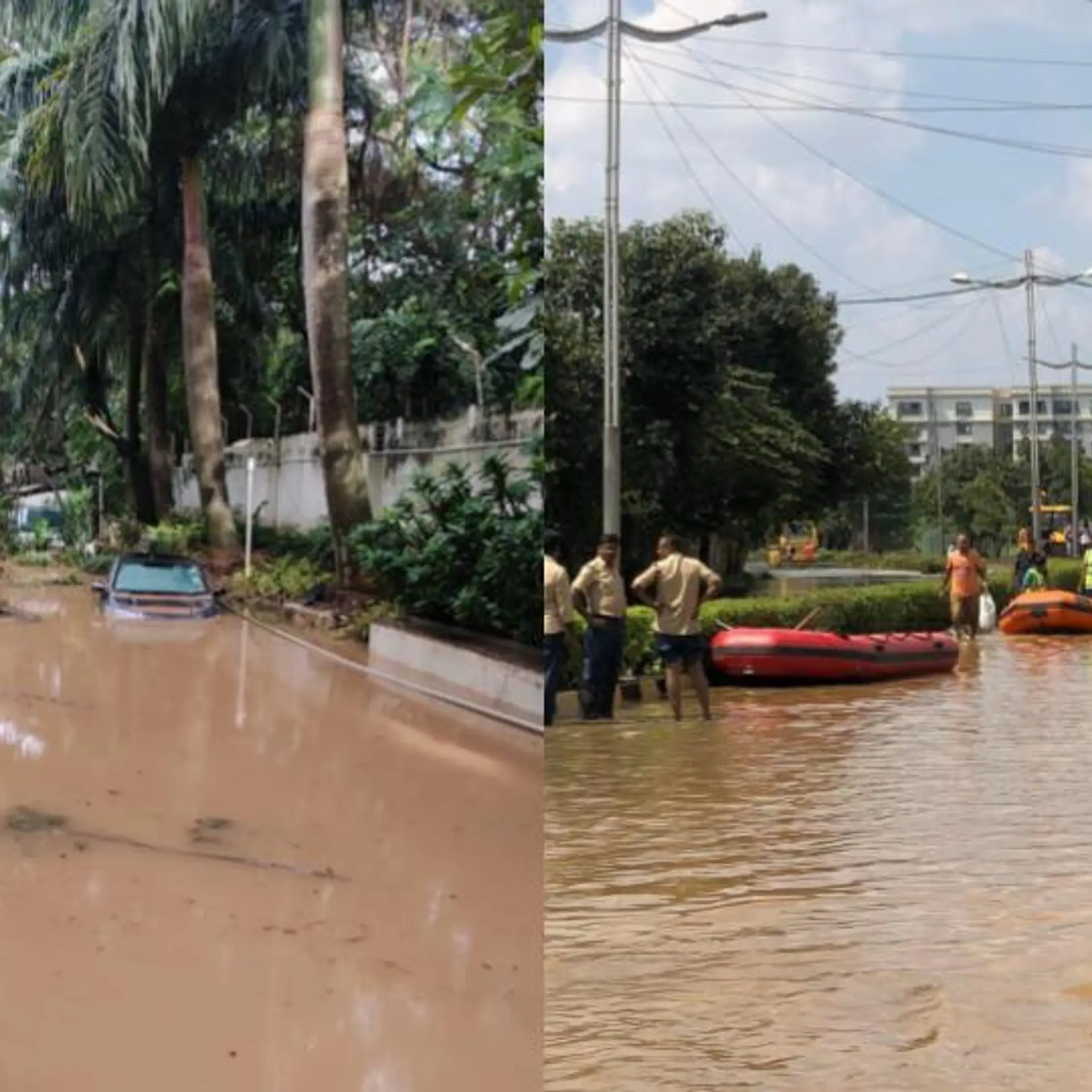Want not, waste not – Feeding India’s hungry
India has a staggering 194.6 million people who are under nourished says the Food and Agricultural Organization’s (FAO -United Nations) report ‘The state of Food Insecurity in the World, 2015‘ –That makes us the second-highest estimated number of undernourished people in the world.
Shouldn’t a country that is home to a quarter of the world’s hungry population focus on minimizing food wastage? Or at least try to channel surplus food wisely? Does it?
The epiphany

23 year old Ankit Kawatra belongs to a business family and was at a big fat Indian wedding which was studded with celebrities. What happened to be just another wedding function for any other guest, turned out to be a moment of harsh truth for Ankit. “There were 10,000 people and there was a lot of food. There were 37 cuisines! It is more like a carnival when you enter one of these weddings. I wondered what would happen to so much food, so I decided to stay back at this particular wedding and saw that heaps of leftover food was sent straight to the bin. It could have fed 5000 people just that night.”
While he was appalled by this, he thought it was a one off incident. He enquired about what happened to leftover food at events and wedding functions. Various vendors and organizers told him that surplus food was always thrown away! This is when he felt the urge to take up the issue.
On a philosophical note, Ankit tells us about how he eventually started ‘Feeding India’. He was skydiving and it hit him how ephemeral life can be, that’s when he decided to work towards something that made an impact and inspired more people. “I thought, if it was not going to be me who solves this challenge, it was not going to be anyone else. There was no point waiting. At 23, I have the courage, I might not have the right experience to do it right away but I really needed to take up the cause [hunger] and start solving it. I just took the jump. I quit my job and started ‘Feeding India’ “.
The premise of the solution
Ankit tells us about a couple of things that are fundamental to the solution. Feeding India does not create new food, it only manages surplus food. Ankit Adds, “The biggest issue with other organizations solving hunger is that they’re creating food rather than looking at the food that is already created. Ankit once read in an article that allegedly stated that if only all the leftover food was given to the hungry in Mumbai, no one would be hungry. That struck me and stayed with me “.

Feeding India believes in giving out balanced meals to the hungry. Ankit adds, “Some of the organisations trying to fight hunger give “Parle-G” biscuits and call it a meal. We don’t do that.”
Making it happen

It’s a fairly simple process. They have partnered with a few caterers and restaurants. They ask for a heads up about any events lined up in the coming week. In the middle of a wedding/ event, the caterer gives them a call to tell them about the approximate amount of food that is going to be leftover. A team of volunteers who are closest to the venue is dispatched to collect the spare food from the organizer/vendor. Usually the spread in weddings and events is quite lavish, and a plate of surplus food can make more than one balanced meal. The food is collected around 12:30 a.m. and distributed to the needy immediately.
Just because India holds a quarter of the hungry population, looking for the hungry at 1am. in the morning is not as easy as it sounds. Ankit tells us,
That’s a big challenge, we assume that there are so many hungry people in Delhi that if we have food, we can distribute it easily. Once you have food for 500 people, you really don’t know how to give it to people who deserve it
Feeding India has now tied up with NGOs and shelter home likes ‘Rain Basera’. The team goes and drops off the meals at these places.

They also have to keep the model sustainable so their goal is to always minimize the cost of transportation. Ankit gives us an example – “If we’re collecting food from an event and next door is an NGO for autistic kids that we’ve tied up with, we go and donate the meal to these kids.”

Ankit proudly tells us that they have fed 50,000 meals till now!
The team
Back in August last year, what started off just as a facebook page with posts and pictures of a handful of them at wedding venues collecting food has now become a roaring success.

Ankit was overwhelmed by the response they got and went to Delhi University to look for volunteers. Ankit adds, “Every week, we grew double, by December we were 50 volunteers already.” They currently boast 150 volunteers.
The revenue model
At this point the group is not making any revenue. But they have operating costs that need to be taken care of. Ankit explains that they request the caterer to donate the cost of one plate to this initiative- no matter how big or small the amount maybe (sometimes, the cost of a plate in wedding is even about Rs. 8000). This money is utilized for transporting the food to different locations.
While this is helping them deal with everyday costs, scaling up needs a larger sum of money. Ankit is hoping for government support to ramp up.
Challenges and goals
The immediate challenge in front of this team is expansion. They plan to be in 15 cities by the end of 2015. They also aim to feed 1, 00, 000 meals in the near future. The other challenge they’re working towards is more tie-ups with restaurants and corporates.
On the personal front, Ankit faced friction from his family when he decided to quit his job and start this initiative. “My family was extremely dramatic in the first 4 months and I was almost pushed to stop what I’m doing. I’ve always followed my heart and in the next 50-60 years of my life, I want to create impact that the next generation will know about. I communicate this continuously to my family. We now have an office, we’re registered and it’s a good deed. They’re slowly accepting that.”
The long term goal is to make people more conscious about food wastage. Ankit says that while it is great that they are being able to distribute some leftover food, his vision is that people will think twice before they waste. He wants people to think of Feeding India as another important service they need to book, when organizing any event.
On a parting note, Ankit tells us that he is confident about the model being sustainable and that it will continue to grow. People who he has no previous association with, reach out to him asking for Feeding India to come and manage their surplus food. “It just goes to show that our work is making an impact and people want to contribute as well.”
Not many 23 year olds, have given up the luxuries of a management graduate to off-road into a territory that is full of uncertainty. Ankit’s idea just goes to prove that sometimes, the answer to a problem lies within the problem itself, all we need to do is, to look closer.







